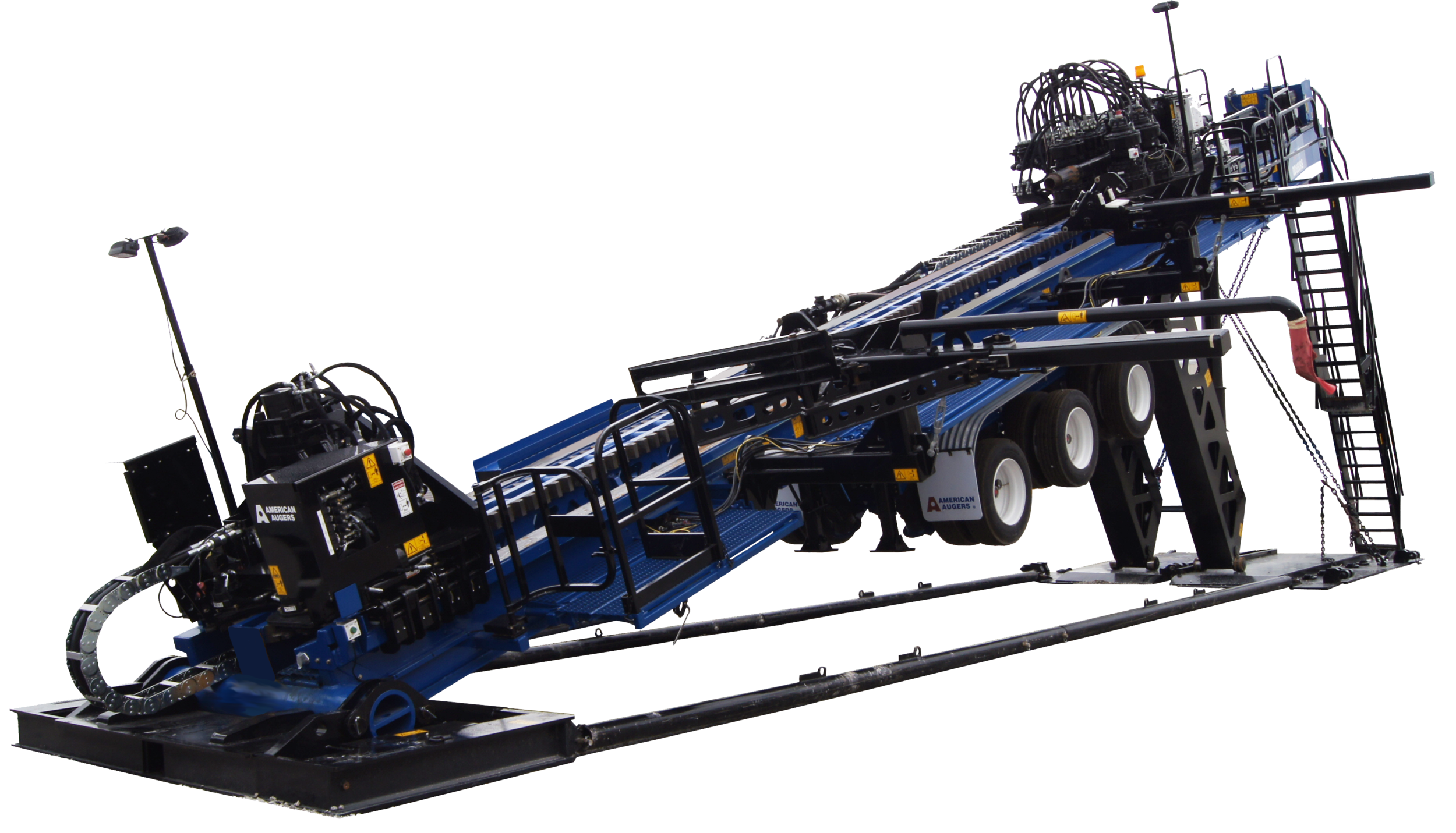How Directional Drilling Preserves Nature

Drilling of all kinds is regularly under fire from all directions because of environmental issues. Destruction of land, animal habitats, and carbon emissions are some of the most common complaints, but they only scratch the surface. The reality is that drillers don’t want to hurt nature, in fact, many want to conserve it.
One drilling process that is helping to preserve nature while still allowing drillers to drill under the surface of the ground is directional drilling. Many will be familiar with at least one form of this process if you have ever seen a crew installing new water lines for hydrants. Nearby, a new subdivision is going in, and the drilling machine has been out in full force, drilling at an angle to bore into the ground for Cured-in-Place Pipe (CIPP), removing the need to dig trenches and preserving naturally existing objects above the ground.
A familiar form of directional drilling is a machine used to drill under the ground for some purpose that does so at an angle. This process means that obstructions on the surface can be avoided by going in from the side. This process is used not only to lay CIPP but also to retrieve natural resources from under the ground.
Below are two ways that directional drilling preserves nature:
Naturally, Existing Ecosystems Can Be Left Untouched
A large patch of mature woods separates a huge field at the site of the subdivision mentioned above. This area provides homes for countless animals, provides oxygen for the earth through the photosynthesis process, and adds the beauty of naturally growing trees and plants. But to get a subdivision in water lines must be buried for potable water and fire hydrants.
By using directional drilling, the patch of trees was able to remain untouched. Drilling occurred at an angle under the foliage and below essential root systems. Directional drilling preserved the beauty, ecosystem, and natural resources of the trees and plants.
Less Equipment is Used, Lowering Carbon Emissions
The installation of pipe for reaching natural resources used to require the destruction of large plots of natural land. The extra and massive pieces of equipment needed to do such work added to the pollution put into the air. By using directional drilling and leaving natural areas intact, fewer emissions are put into the air and nature is preserved.
When it comes to pipe replacement, directional drilling is a viable option. Directional drilling opens up a whole new way of approaching the way we drill. It also creates more application opportunities for CIPP, an excellent alternative to other forms of piping.